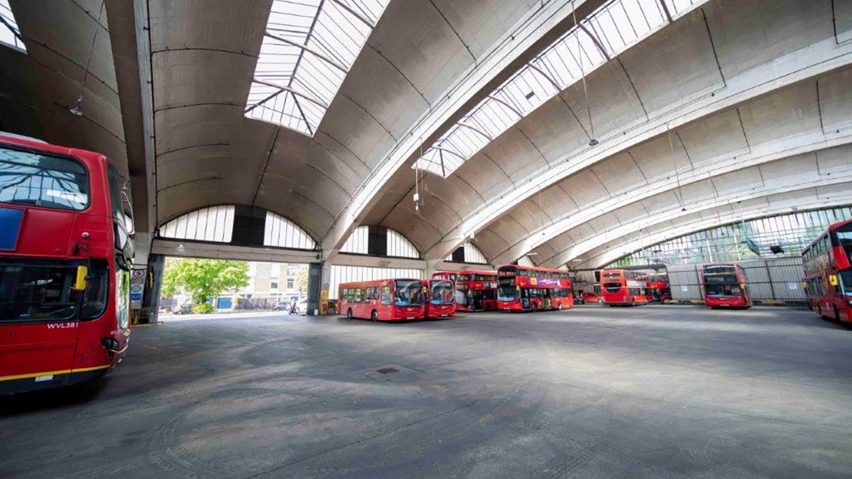
Thirty of London's most significant buildings from 30 years of Open House
This year, Open House Festival celebrates its 30th anniversary. Since it began in 1992, many of London's most significant buildings have opened their doors during the festival. Here are 30 of the most interesting.
The festival, which aims to engage people living in London with the buildings surrounding them, has seen thousands of landmarks and homes open their doors since it launched.
They include buildings by many of the UK's best-known architects and studios such as Foster + Partners, RSHP, Kate Macintosh, Denys Lasdun, David Adjaye and Sarah Wigglesworth.
This year's festival kicks off today and runs until 21 September – see a full list of events taking place on its website.
Here, the Open House Festival team picks 30 of the most interesting buildings that have opened their doors over the past 30 years – including many that will be open this year:
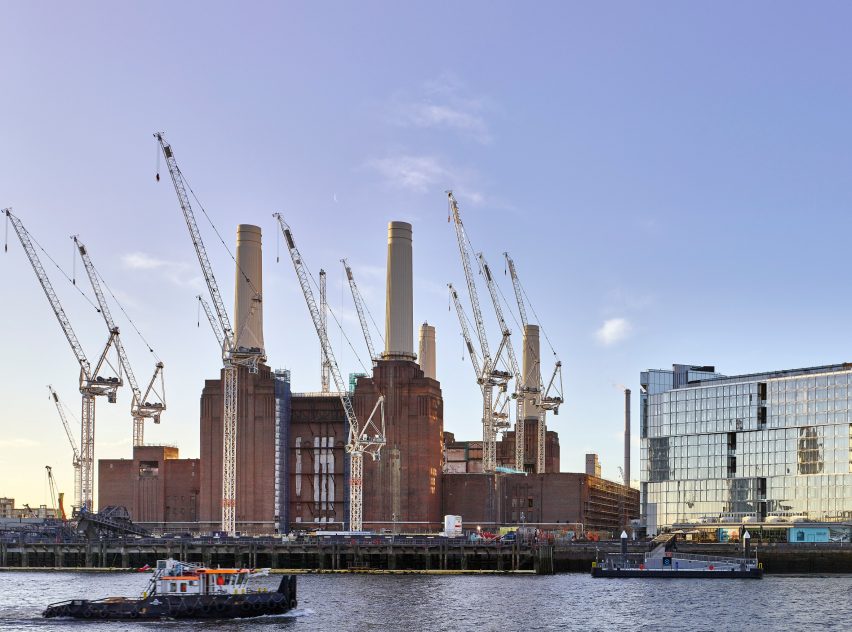
Battersea Power Station by Giles Gilbert Scott
"The landmark South London power station featured in the Open House Festival a number of times before its multibillion-pound redevelopment.
"Queues were so long they stretched all the way to the London Peace Pagoda in Battersea Park."
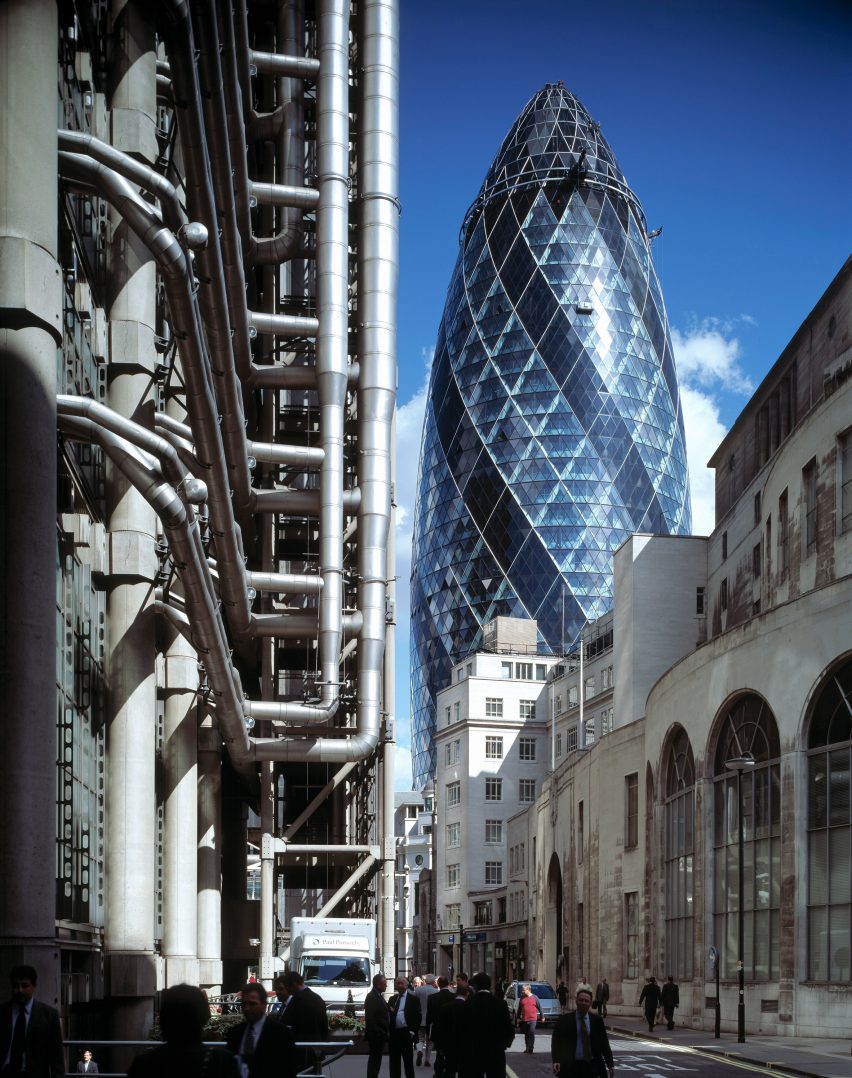
30 St Mary Axe by Foster + Partners
"The Gherkin was a long-standing contributor to the Open House Festival from its completion to purchase by new owners. We hope that it will make a return to the festival programme in future years."
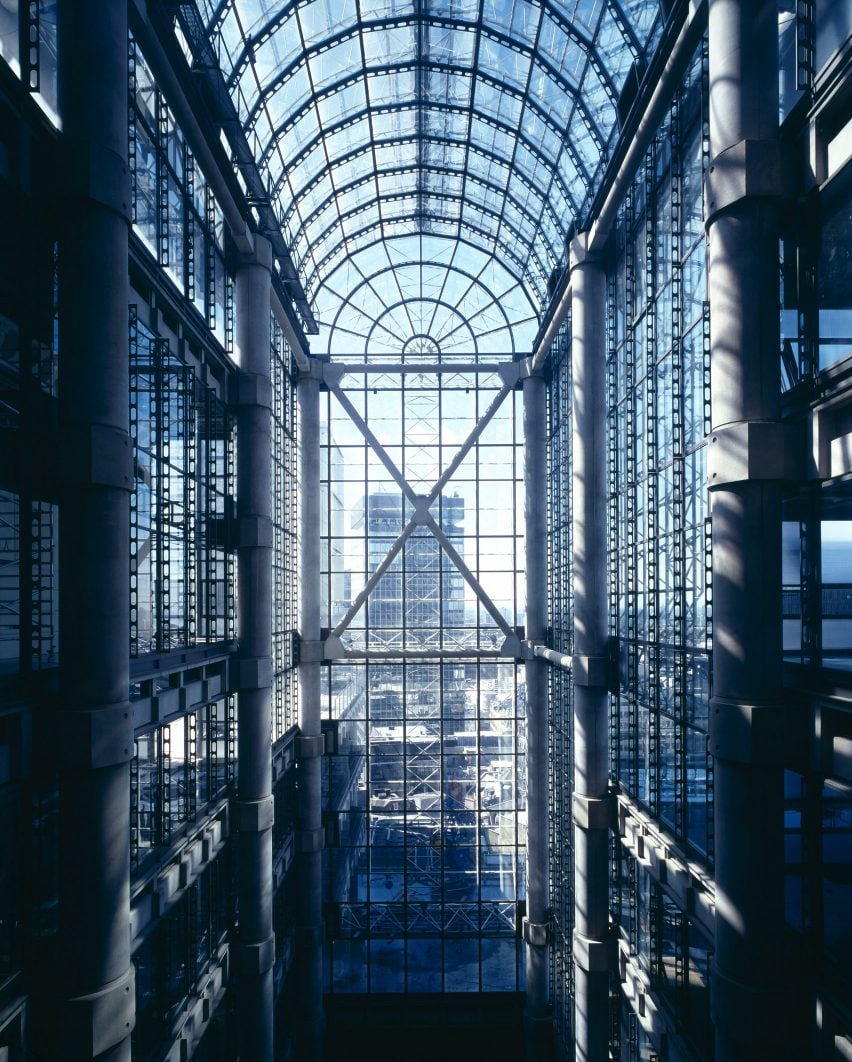
Lloyd's building by Richard Rogers Partnership
"A true Open House Festival regular for nearly two decades, the Lloyd's building opened its doors to those whose mettle was strong enough to brave the queues until 2014.
"With the future of the building in question, the festival curators hope it'll make a triumphant return."
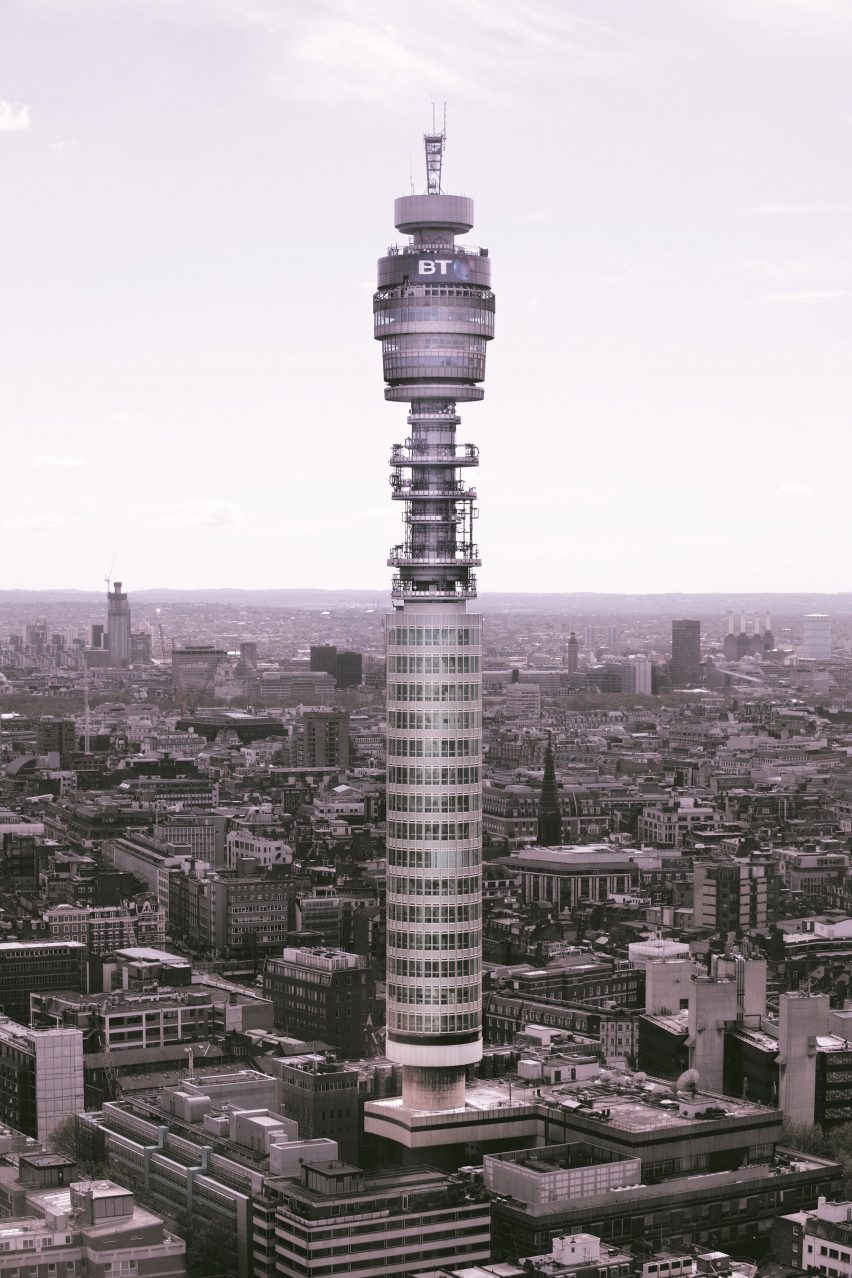
BT Tower by GR Yeats and Eric Bedford
"If a big part of Open House Festival's appeal is the chance to glimpse the inside of a superstar London building, then this building has to be near the top of any festival-goers list. Entry is by ballot only."
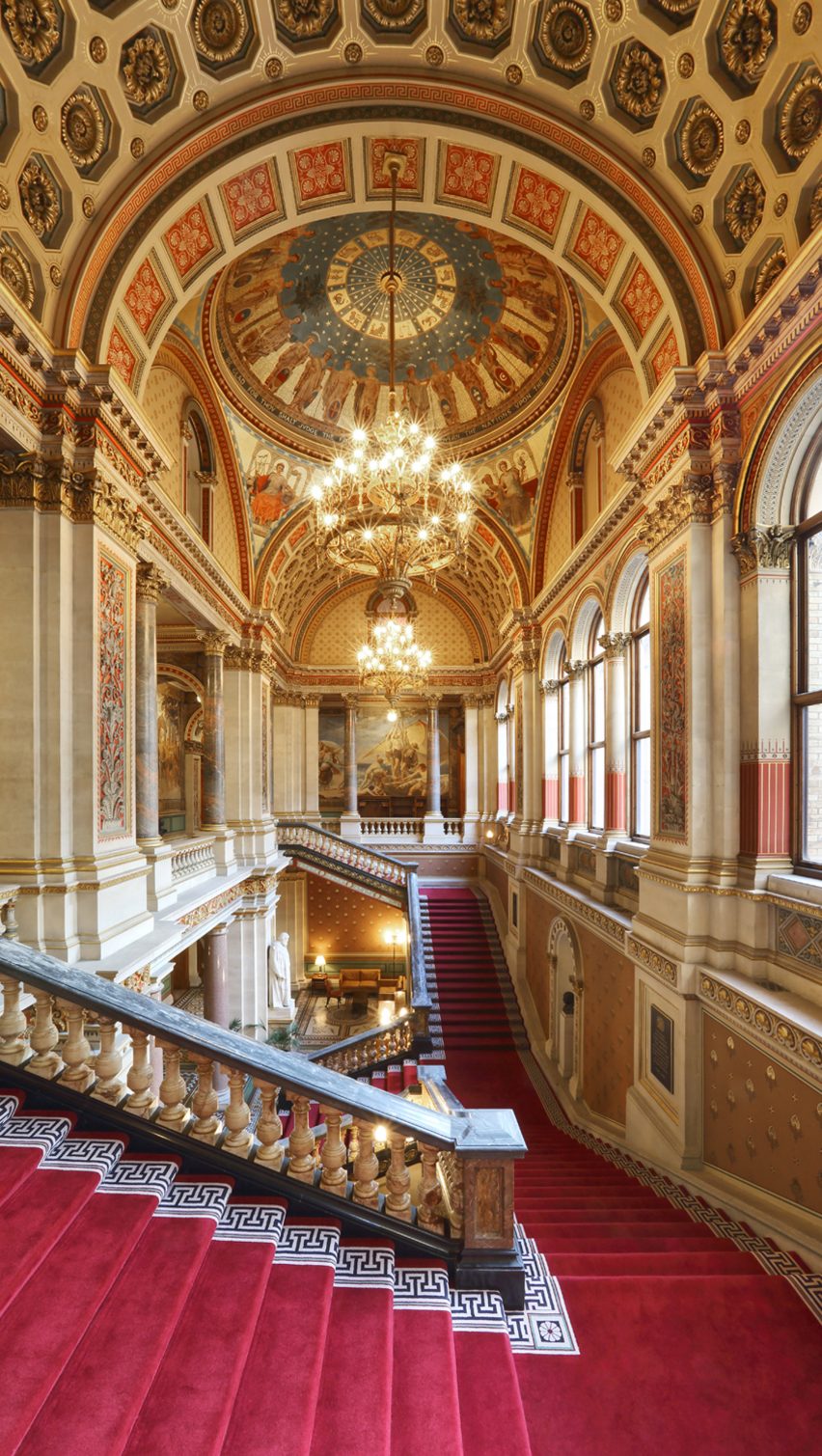
Foreign and Commonwealth Office by George Gilbert Scott and Matthew Digby Wyatt
"This Victorian government office in the heart of Westminster is as famous for its magnificent glazed internal courtyard as the epic queues to visit during previous Open House Festivals."
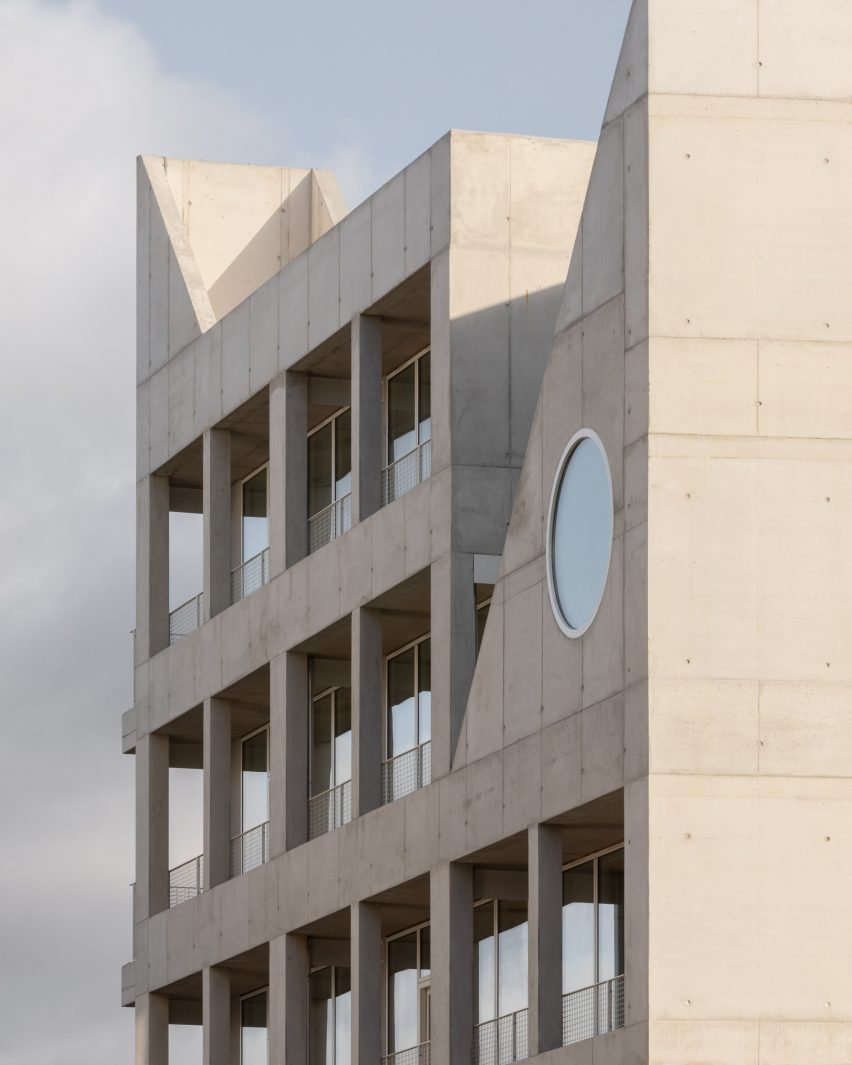
A House for Artists by Apparata
"This striking new block of affordable housing specifically for artists is in Barking Town Centre and is open for free public visits on Saturday 17."
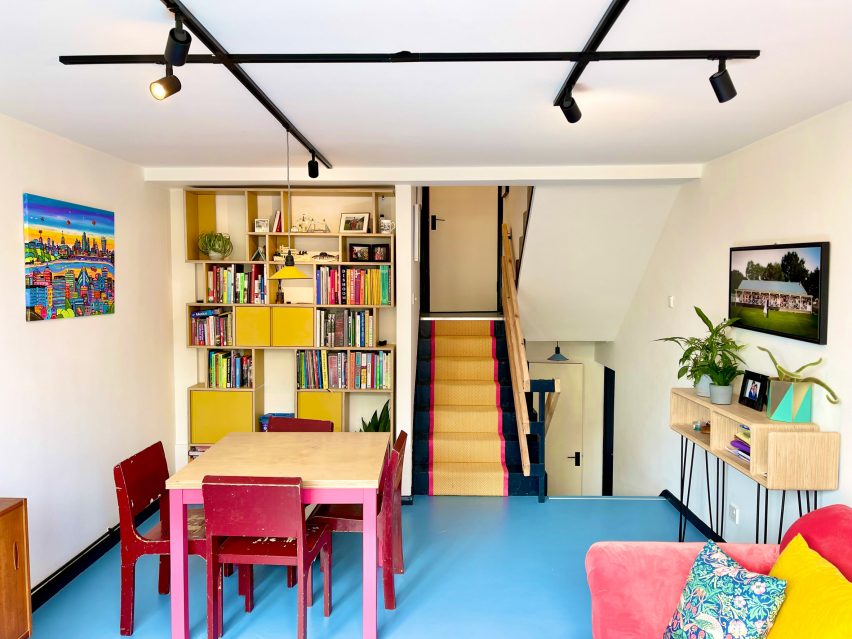
Dawson's Heights by Kate Macintosh
"A dramatic, sculptural and much-loved feature of the south London skyline that's as popular with its residents as it is with architecture enthusiasts, this housing estate is back in the programme after taking a break last year."
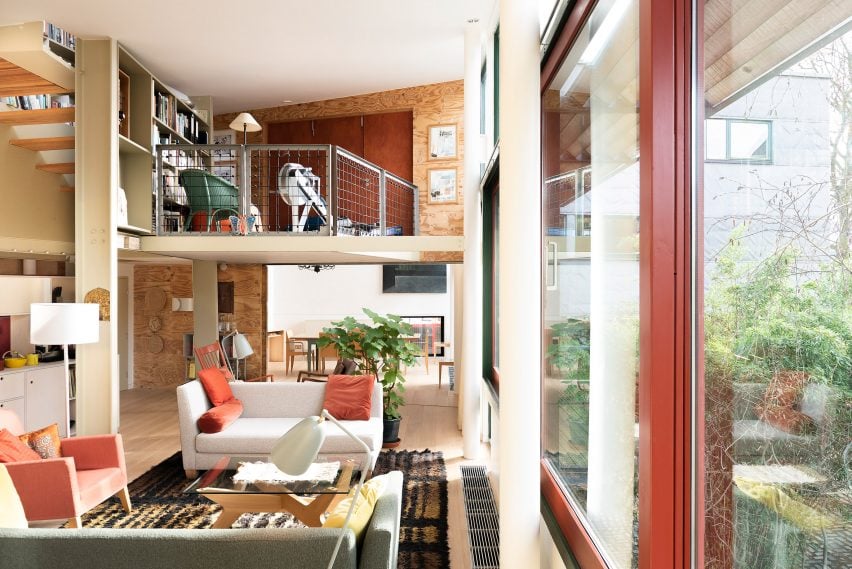
9-10 Stock Orchard Sreet by Sarah Wigglesworth & Jeremy Till
"This is both a house and a studio, a building that meets its occupants' immediate needs and a long-term research project.
"Straw Bale House uses principles of sustainable design like passive energy technology and materials with minimal environmental impact, but it also accommodates the playful vicissitudes of everyday life, a building that mixes the rough with the smooth, the slick with the hairy."
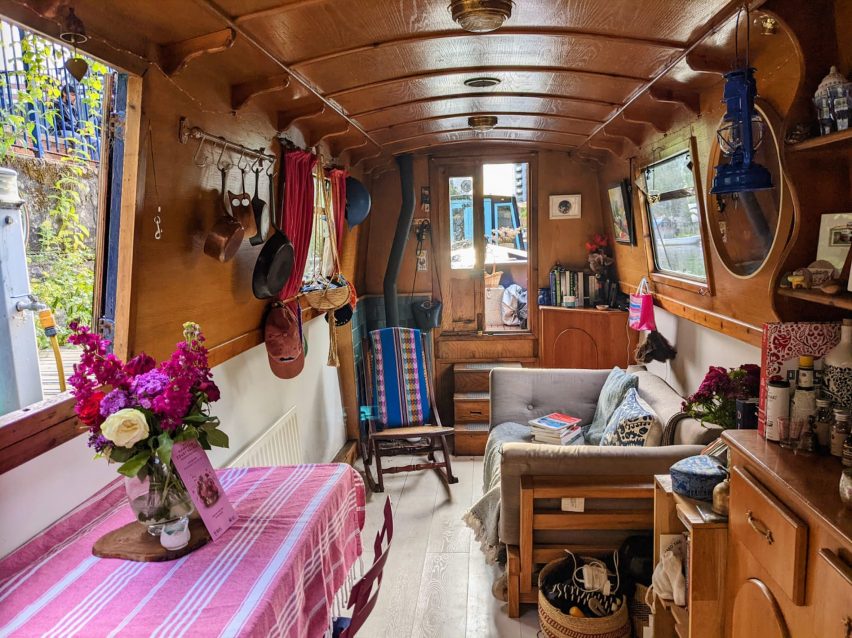
Haggerston Narrowboats
"One of the most exciting aspects of Open House Festival is exploring London's more unusual homes. This year a number of traditional narrowboats including the Hetty Clare (pictured) in Haggerston have opened their doors for visits on 17 September."
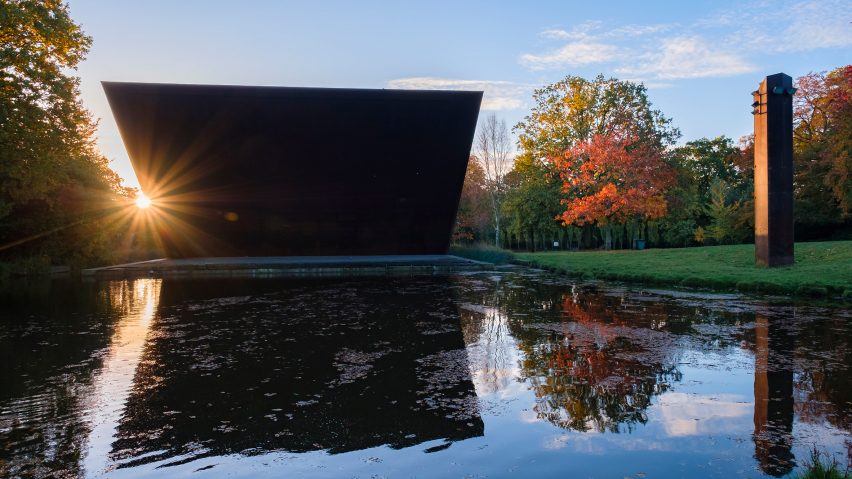
Crystal Palace Bowl by Ian Ritchie Architects
"The Crystal Palace Bowl, a performance amphitheatre constructed in the 1960s, has played host to some iconic musical talents such as Pink Floyd, Bob Marley, Elton John, The Pixies, Eric Clapton and The Cure. In 1996, architect Ian Ritchie designed the corten-steel stage, complete with an ornamental lake.
"This Stirling Prize-nominated structure has recently fallen into disrepair but the local community has come together in response to develop plans for the stage's comeback."
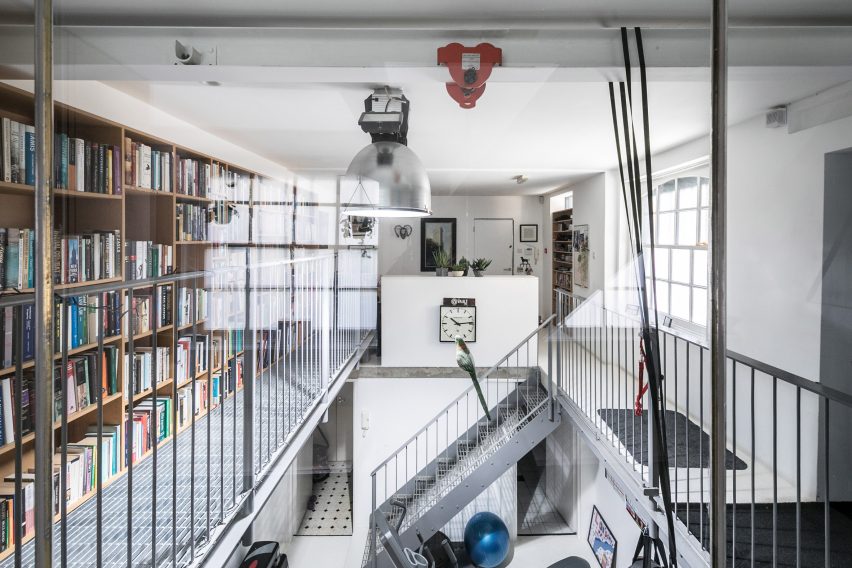
Fog House by David Adjaye
"Broadcaster and presenter Janet Street-Porter commissioned two impressive houses. One of which is the David Adjaye-designed Fog House in Clerkenwell. The space had been a leather tanning factory, partly modernised and used as a studio by the artist Marc Quinn.
"As part of Street-Porter's commission, Adjaye added a glass top floor and rear extension, making it a house on five levels; the top floor has a spectacular view over the churchyard which Street-Porter said almost 'made all the misery of the building process' worth it."
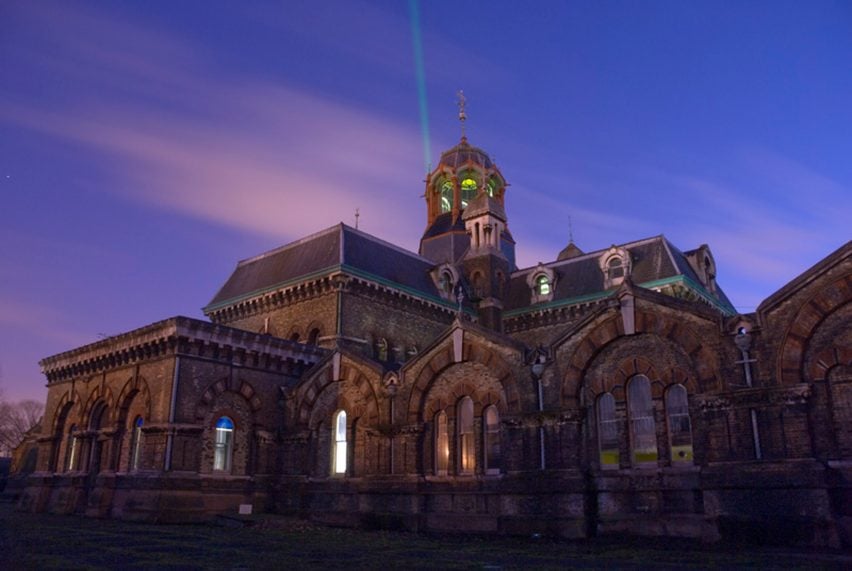
Abbey Mills Pumping Station by Charles H Driver and Joseph Bazalgette
"Built in the mid-1800 and lovingly nicknamed the 'poo palace', Abbey Mills Pumping Station's sole purpose is to lift sewage from the capital's sewers and collect a vast volume of our wastewater.
"Yet the building housing such gritty but essential activity is not what you might expect; Italian gothic in style, elaborate ironwork finessing, roundheaded, polychrome decorated windows, this building oozes flamboyance and is true to its palace nickname."
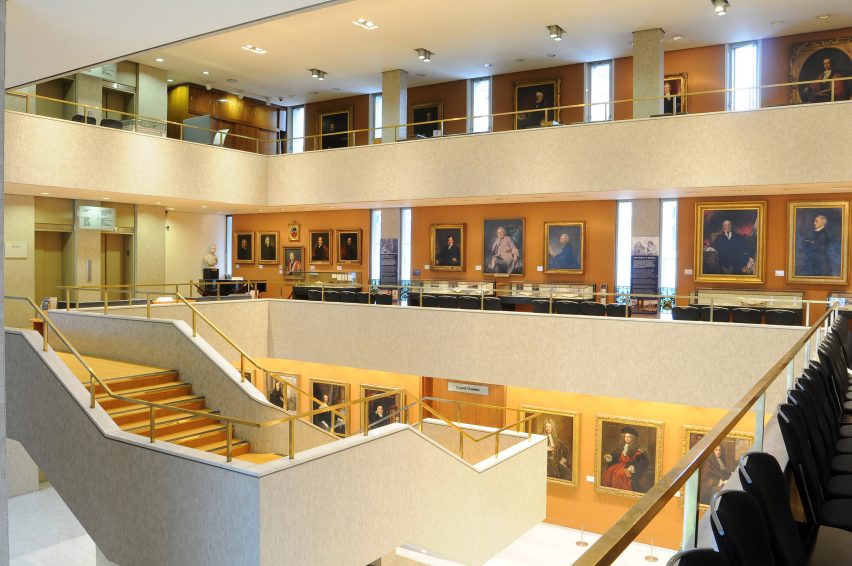
Royal College of Physicians by Denys Lasdun
"Designed by Sir Denys Lasdun and one of only 10 Grade I-listed post-war buildings in England, the Royal College of Physicians is both architecturally striking and socially poignant.
"Lasdun was appointed as architect after stating he would not design a classical building and the results are a building that subverts our assumptions on a number of things: what sort of buildings does the Royal College need to house their collections; what buildings are worthy of being listed; and that you can't slot a modernist building in and amongst the Regency terraces of surrounding Regent's Park."
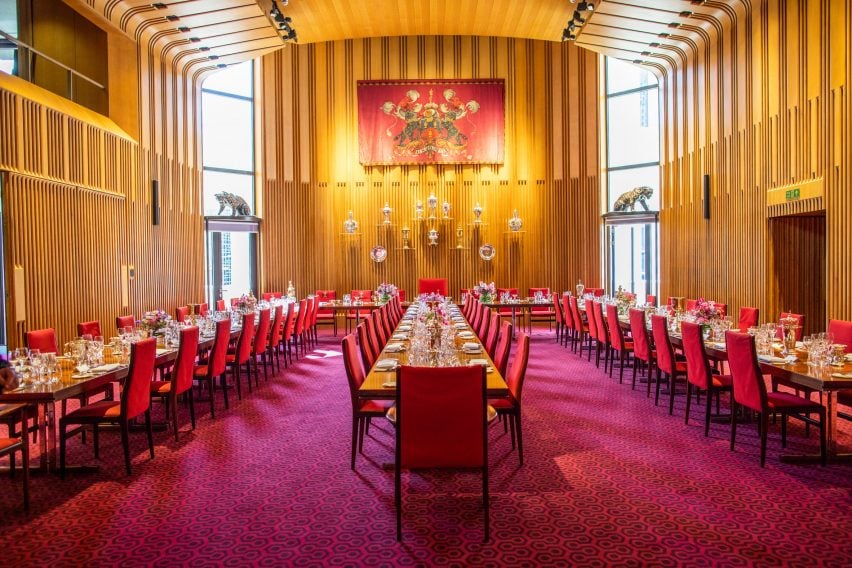
Salters Hall by Basil Spence
"A brutalist livery hall just south of the Barbican, Salters Hall is a richly sumptuous complex that was extensively refurbished in 2016.
"Potentially Basil Spence's best building after his masterpiece, Coventry Cathedral, Salters Hall has been a festival highlight for years."
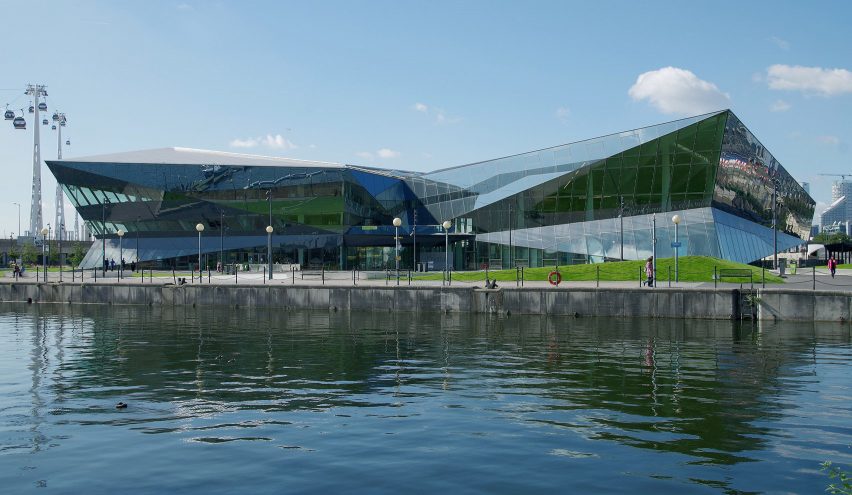
City Hall by Architecture 00 and Wilkinson Eyre
"London's new City Hall is joining the Open House Festival programme for the first time, marking the Mayor of London's relocation of London's government from the Southbank to the Royal Docks.
"The building, which was refurbished by Architecture 00, is an example of low-energy design originally commissioned by Siemens and designed by WilkinsonEyre."
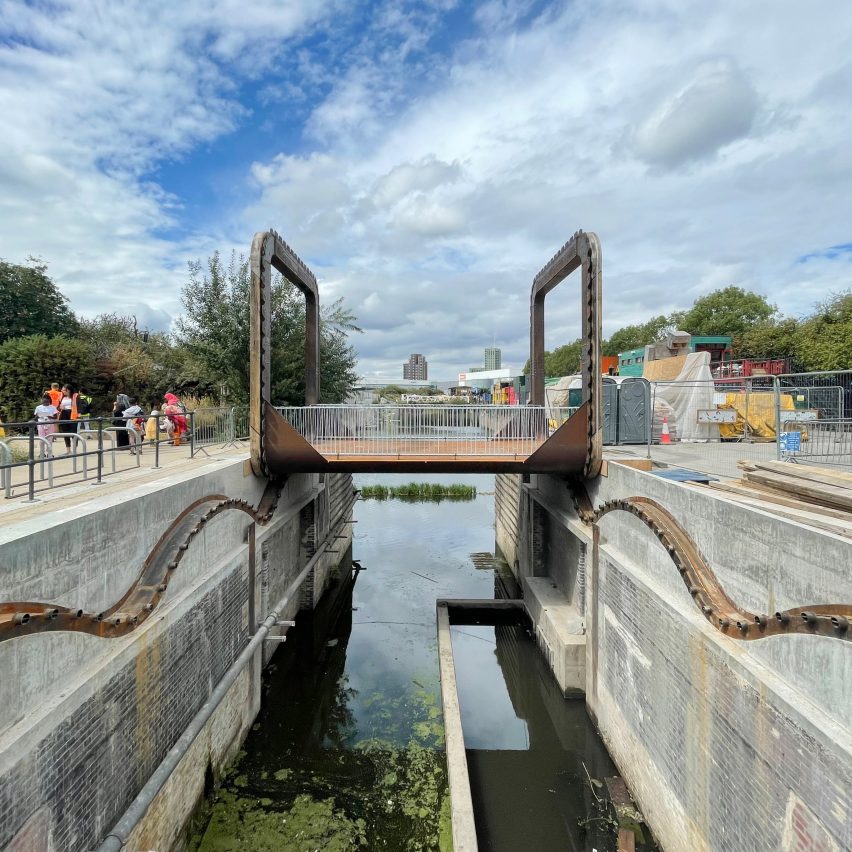
Rolling Bridge by Thomas Randall-Page
"Heatherwick Studio's rolling bridge in West London caused a splash when it was unveiled in 2002 but spanning a cul-de-sac of the canal which could be easily walked around in moments, it was ultimately a gesture of style over substance.
"In the East End, however, Thomas Randall-Page's newly complete rolling bridge is a triumph of both form and function, finally opening up access to the historic Cody Dock and connecting a key route along the River Lea."
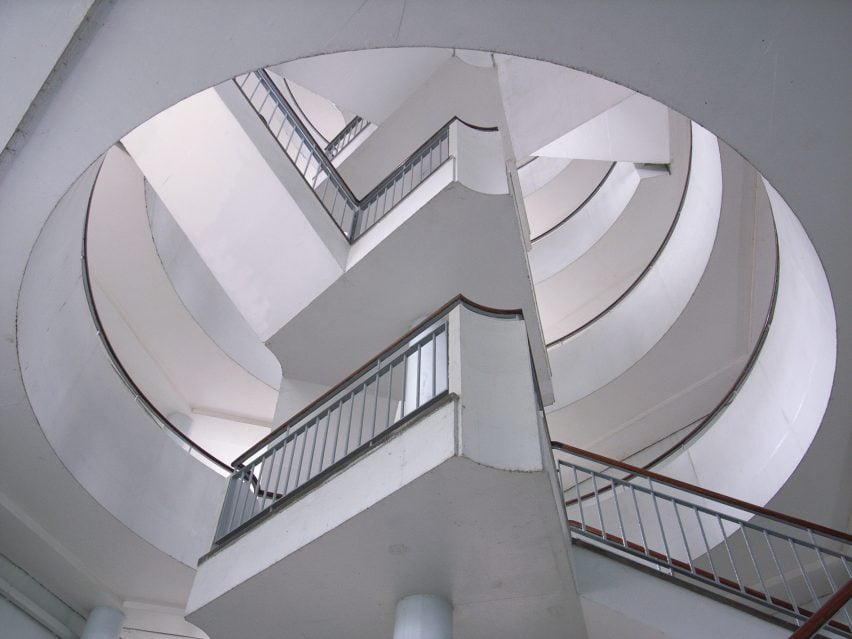
Bevin Court by Skinner, Bailey and Lubetkin
"A housing project commissioned by the former borough of Finsbury, Bevin Court is one of several modernist housing projects designed in the immediate post-war period by the Tecton architecture practice, led by lifelong Marxist Berthold Lubetkin.
"Like many housing estates in London, one of the only times members of the public can visit is during Open House Festival."
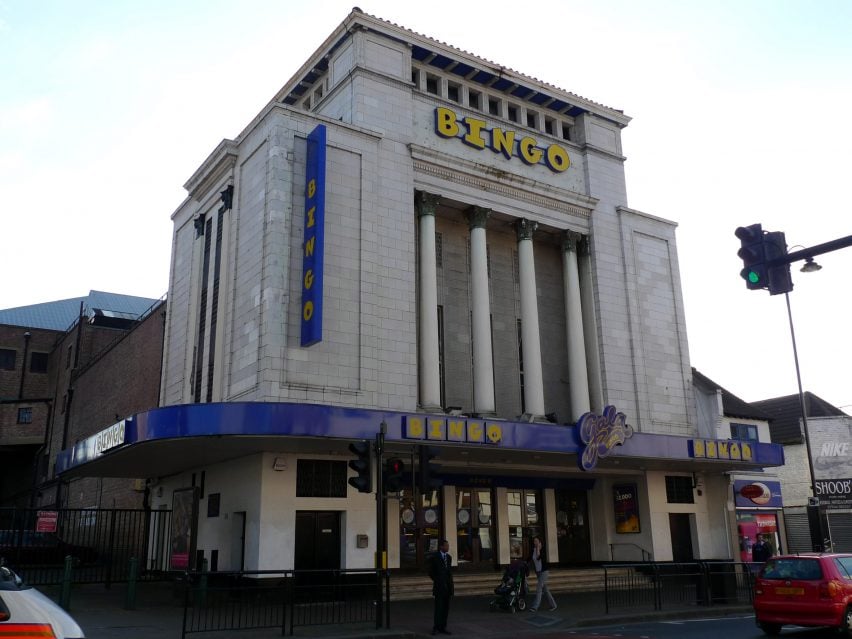
Tooting Bingo Ball by Cecil Masey
"A cathedral-like 1930s former cinema with a remarkable Gothic interior by Theodore Komisarjevsky. The first Grade I-listed cinema, the space is now probably Britain's most spectacular bingo hall."
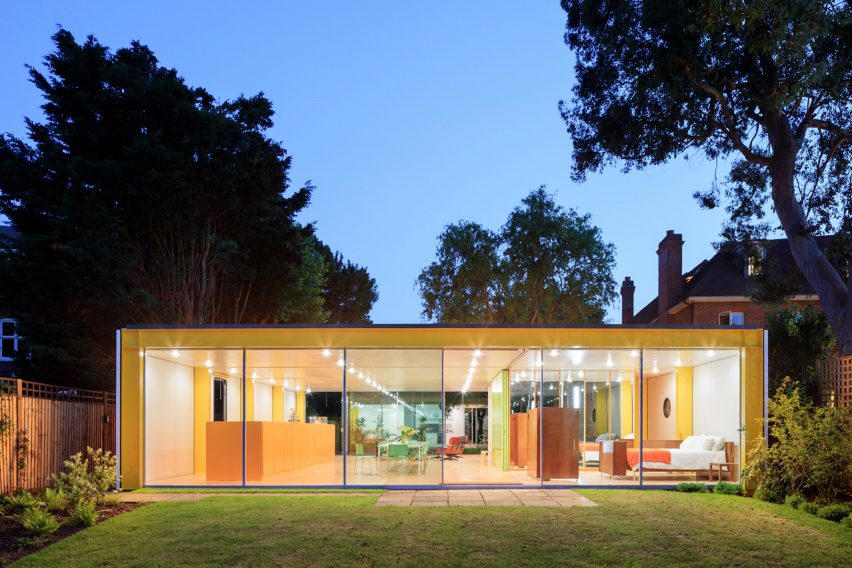
Wimbledon House by Su and Richard Rogers
"Designed by Richard Rogers and then wife Su as a home for his parents, this lesser-known work by a giant of modern architecture features in the festival for the first time this year."
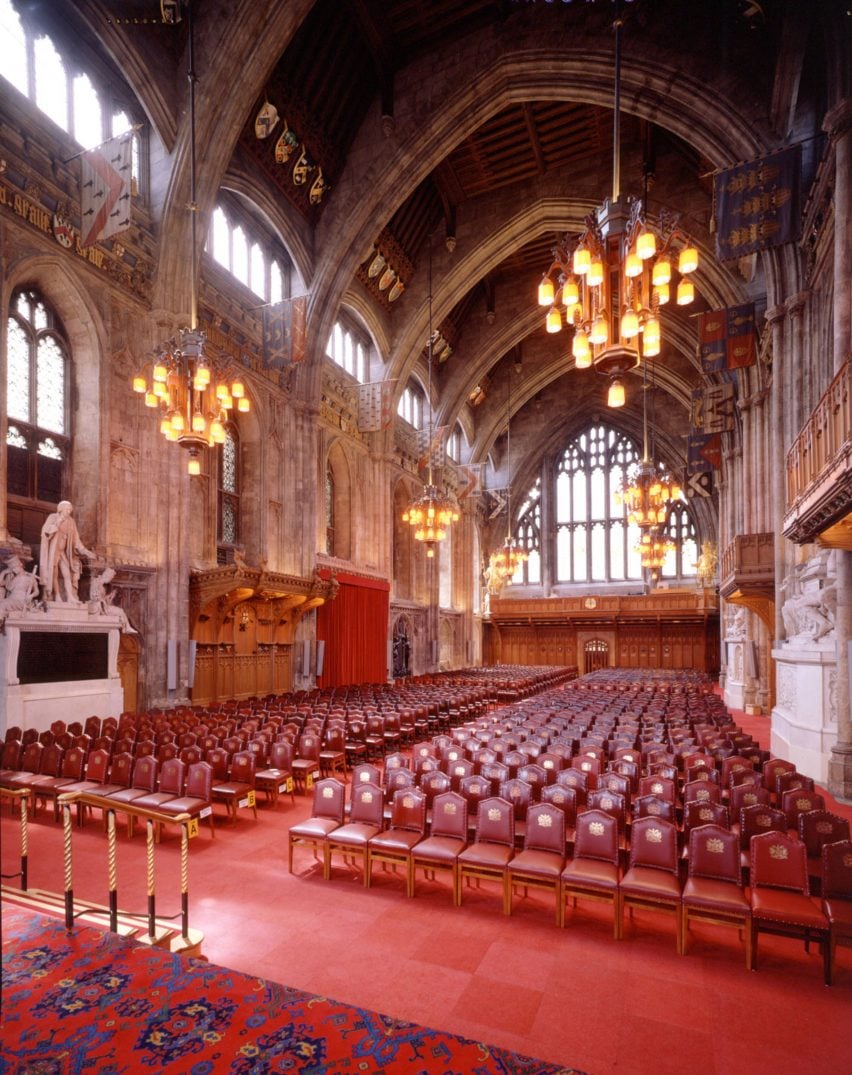
Guildhall by John Croxton
"The City of London Corporation is one of the oldest legal entities in the UK, pre-dating even parliament. Guildhall has been its seat of municipal governance since the 12th century.
"During Open House Festival there are free tours on the 10 and 11 September and even early morning yoga."
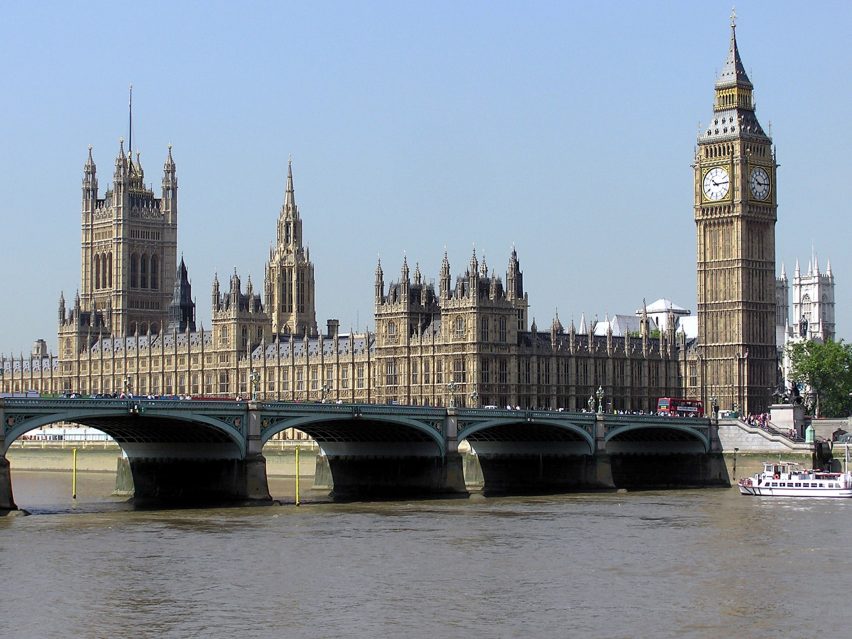
House of Commons by Charles Barry
"Featuring 1,100 rooms organised symmetrically around two series of courtyards – the Palace of Westminster was designed by Charles Barry in the late 19th century but incorporates a much older medieval hall.
"The riverside complex is at the centre of an ongoing debate over its multi-billion renewal and currently has an annual repair bill in excess of £30 million."
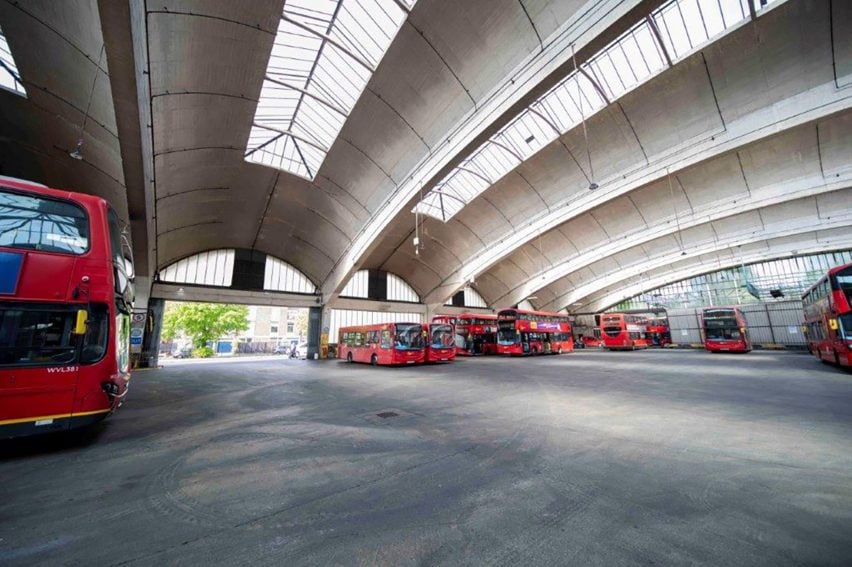
Stockwell Bus Depot by Adie, Button & Partners
"Perhaps one of London's greatest post-war treasures, Stockwell Bus Station was designed by Adie, Button and Partners in 1952 and features an extraordinary, highly dramatic 120-metre roof span devised as a response to material shortages.
"Stockwell Bus Station remains in constant use and despite being partially visible from the road, the interior is typically off limits to the public, so well worth visiting when the opportunity arises."
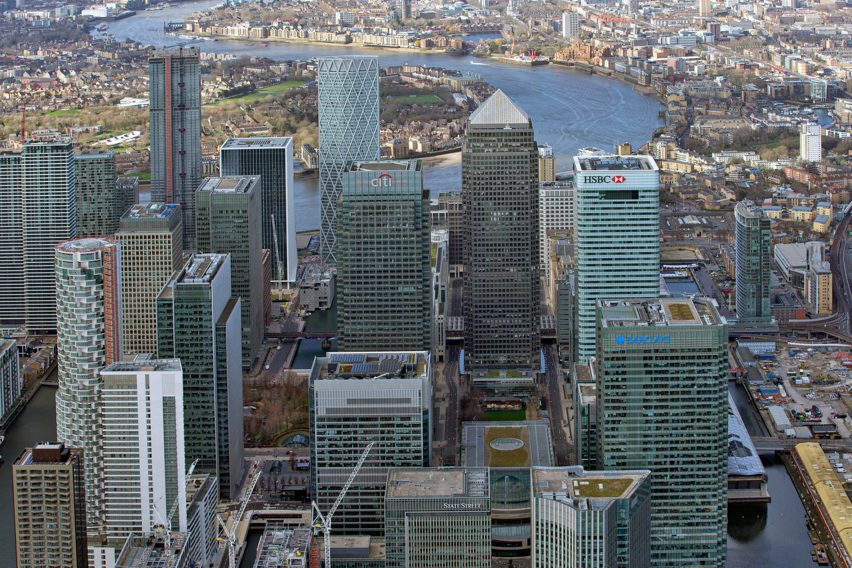
One Canada Square by César Pelli and Gensler
"Designed by César Pelli with Adamson Associates and Frederick Gibberd Coombe, One Canada Square was devised as the centrepiece of SOM's masterplan for London's new 'Wall Street on Water'-dubbed Canary Wharf.
It was completed in 1991 – long before the tall buildings boom transformed the skylines of east London and the Isle of Dogs in particular.
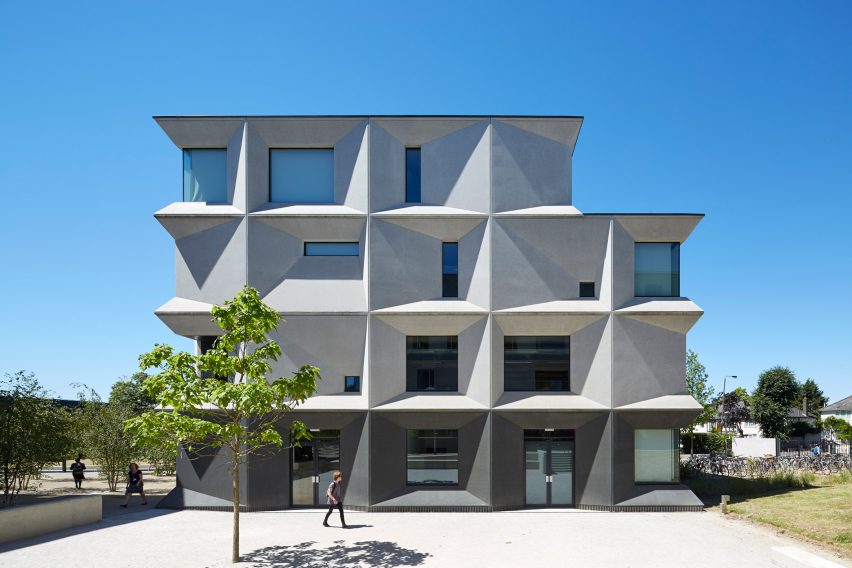
"Wandsworth's Stirling Prize-winning Burntwood School features a series of six pavilion-like buildings set within an existing mature landscape – providing teaching space for 2,000 pupils and 200 staff in south-west London.
"Designed by AHMM, the project includes two Sir Leslie Martin-designed structures created as part of the comprehensive school's original 1950s campus."
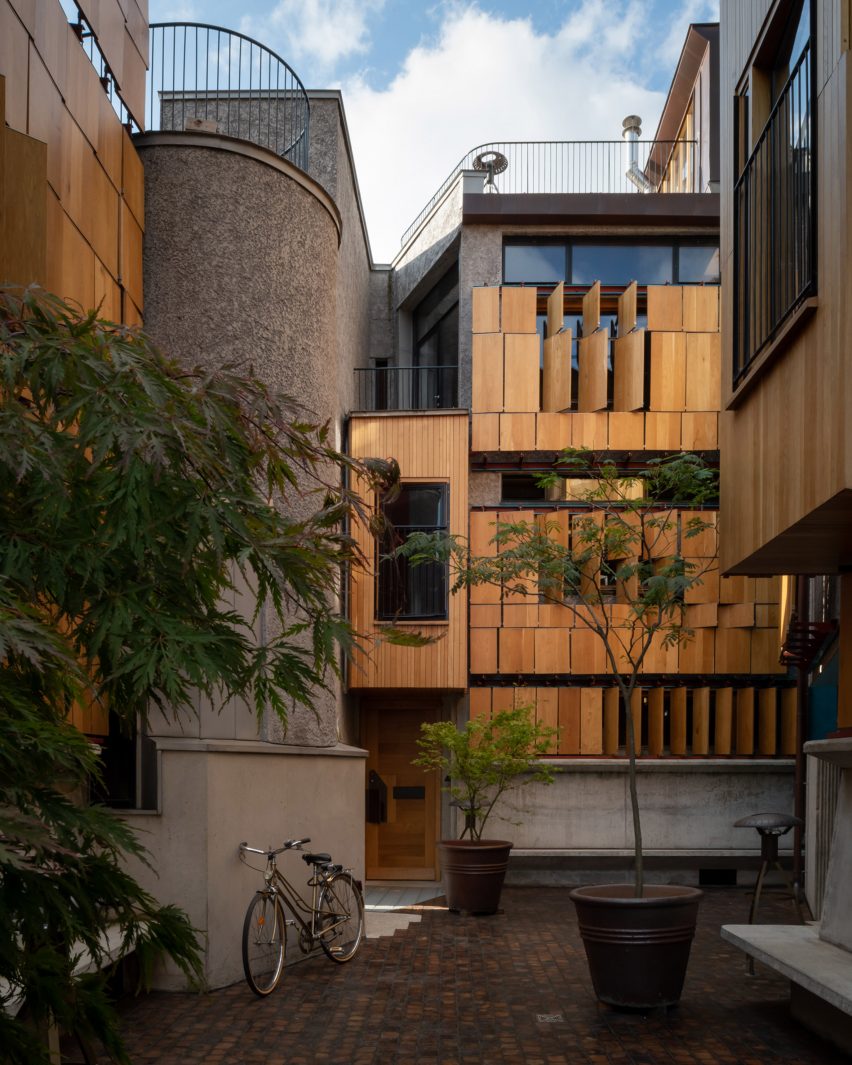
Walmer Yard by Peter Salter together with Fenella Collingridge
"Designed by Peter Salter with Fenella Collingridge for Baylight founder Crispin Kelly – Walmer Yard is an extraordinary development of four interlocking houses where the daring use of light, shadow and colour provides a compelling counter-argument for the future of London housing."
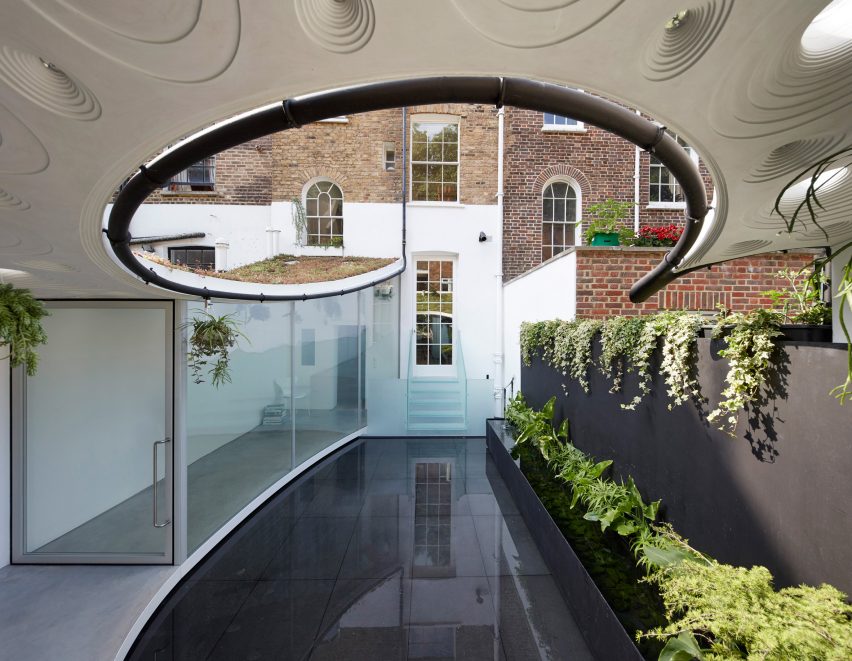
"The Sun Rain Rooms is a two-storey extension and restoration of a Grade II-Listed Georgian townhouse.
"Designed and constructed by Tonkin Liu in collaboration with local craftspeople, it serves as both a studio for the practice and a home for the partners' family."
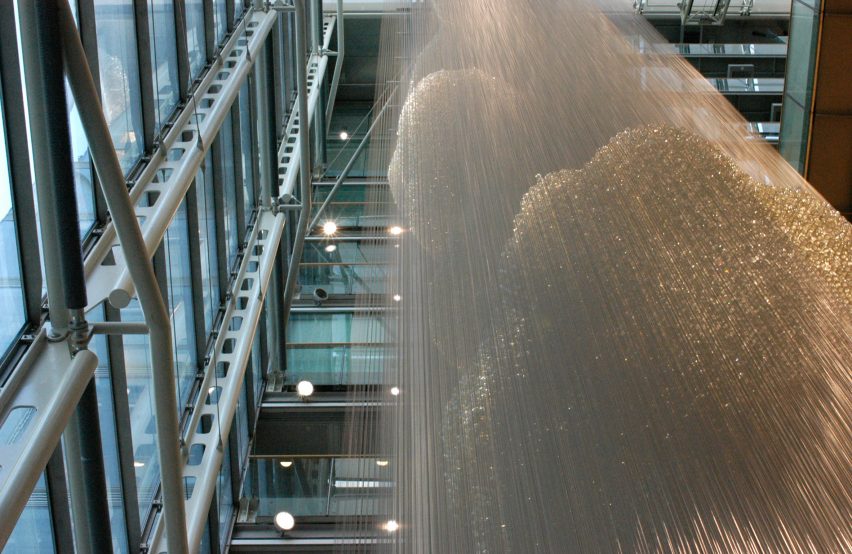
Gibbs Building, Wellcome Trust by Hopkins
"Designed by Hopkins in 2004, the Wellcome Trust's Gibbs Building occupies a prominent position on the corner of Euston Road and Gower Street in the heart of Bloomsbury's university district.
"Providing office space for 600 employees, the building features a large central atrium displaying the competition-winning sculpture 'Bleigiessen' by Heatherwick Studio."
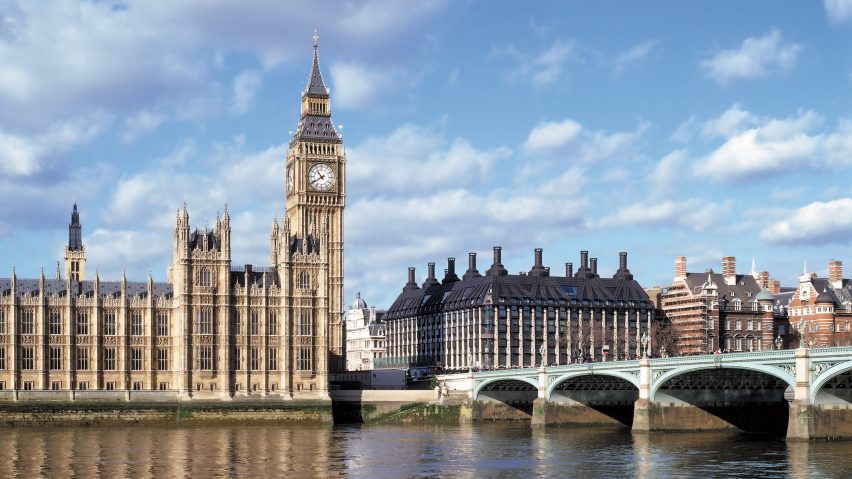
Portcullis House by Hopkins
"A stalwart contributor until the pandemic closed its doors to the public, Portcullis House is Hopkins' attempt to modernise parliament with a suite of contemporary offices for MPs.
"A light-filled atrium in its heart is a striking contrast to the gloomy gothic cloisters of the adjacent Palace of Westminster."
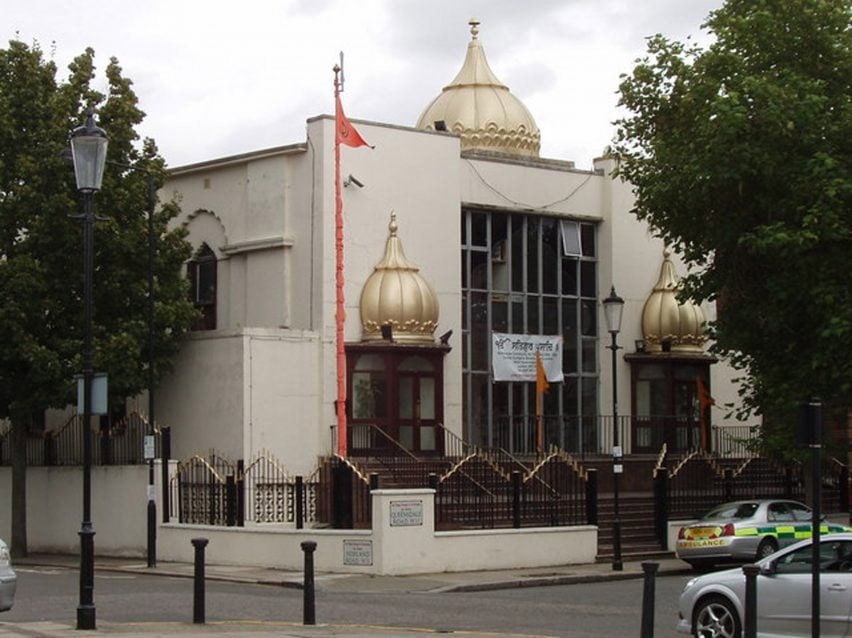
Central Gurdwara
"The UK's oldest established Sikh place of worship. Originally founded in 1908, the Gurdwara has been at the current site since 1969. This year marks its Open House Festival debut with public visits taking place on 11 September."
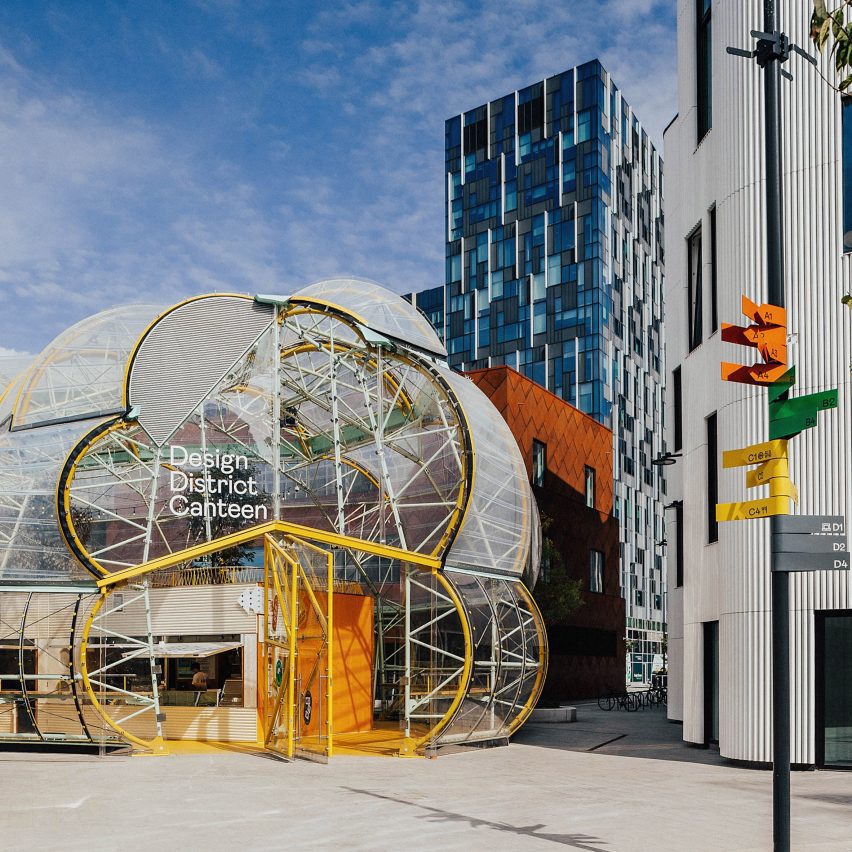
Design District by 6a, Mole, HNNA, Selgas Cano, Adam Khan, Barozzi Veiga, Architecture 00, David Kohn
"A remarkable cluster of new studios and workplaces designed by some of today's most compelling architects. Multiple buildings around the Design District will be open for the festival's closing weekend."
Open House Festival takes place in London from 8 September to 21 September 2022. See Dezeen Events Guide for an up-to-date list of architecture and design events taking place around the world.